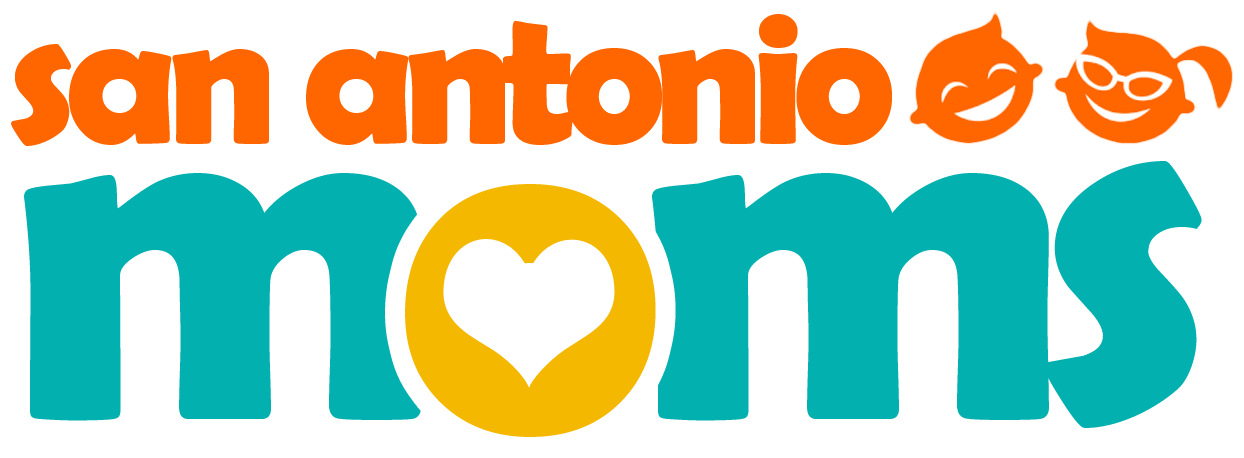Specific Learning Disability in Writing
Table of Contents
Information on the diagnosis and treatment of Dysgraphia, a specific learning disability in the area of writing.
Dysgraphia
Dysgraphia is a specific learning disability in the area of written expression. There are three types of Dysgraphia:
Dyslexic dysgraphiais where the first draft of a paper is illegible but copied work is acceptable. This child will have difficulty with spelling as well. This type of dysgraphia does not necessarily mean that the child has dyslexia, a reading disability, although other learning disabilities may be present as well.
Motor dysgraphia is defined as having a deficit in fine motor skills, poor dexterity, and poor muscle tone. This child will usually show illegible work, even when the work is copied. Letter formation in isolation is ok, but it takes a lot of time and effort. Spelling is generally ok for this child.
Spatial dysgraphia would be a child who shows illegible work, even when the work is copied, but spelling skills would be normal.
(Deuel, Ruthmary K., M.D. Developmental Dysgraphia and Motor Skills Disorders. Journal of Child Neurology, Vol. 10, Supp.1. January 1995, pp. S6-S8)
General Symptoms that Accompany Dysgraphia
Students who have a specific disability in writing often lack basic spelling skills. For example, they often confuse the letters: b, q, p, and d. They will also often write the wrong words when attempting to put their thoughts down on paper.
You may notice that the student’s letters are inappropriately spaced, are incomplete or are a mixture of upper and lower case letters all in the same word. The student may have an odd grip on a pencil or pen, complain about pain while writing, or simply refuse to write.
The writing itself may simply be illegible, but note that this symptom would not be the sole qualifying factor in diagnosing a writing disability.
Causes of Dysgraphia include genetics, head trauma, brain damage, and disease.
How is Dysgraphia Diagnosed?
A parent or teacher would first be aware of the problem. A family physician will then generally refer the child to an occupational therapist who will do a battery of tests. These tests will look for prewriting skills including:
- Fine motor skills
- Visuomotor integration (which involves being able to coordinate your hand and eyes together)
- Smooth strokes
- Perceptual discrimination of shapes/letters/numbers
- Orientation to the printed page
- Ability to recognize letters
How is Dysgraphia Treated?
An occupational therapist will often work with a child diagnosed with dysgraphia teaching letter formation with directional sequence first, then blending those letters into words. Often, multi-sensory programs are used, and the Orton-Gillingham Method has shown to be helpful.
What Can You do to Help?
There are many things that can easily be done at home to reinforce skills or teach a child with dysgraphia. These include:
- Using paper with clear lines printed for height and depth of letters (this means you know where the top middle and bottom of each letter should go).
- Having the child write daily – and allow choice in what he writes. Journaling and persuasive writing are a couple of ideas that can be easily done at home on a regular basis.
- Encouraging letter writing to family and friends.
- Avoid making writing a punishment or negative activity.
- Anything that helps work on fine motor skills.
To help with hand-eye coordination, try activities that require cutting, crafts, cooking, baking, and sports. To help with visual memory, play card games, marbles, and jacks.
You may be interested in more information on Dyscalculia or other Learning Disabilities.
